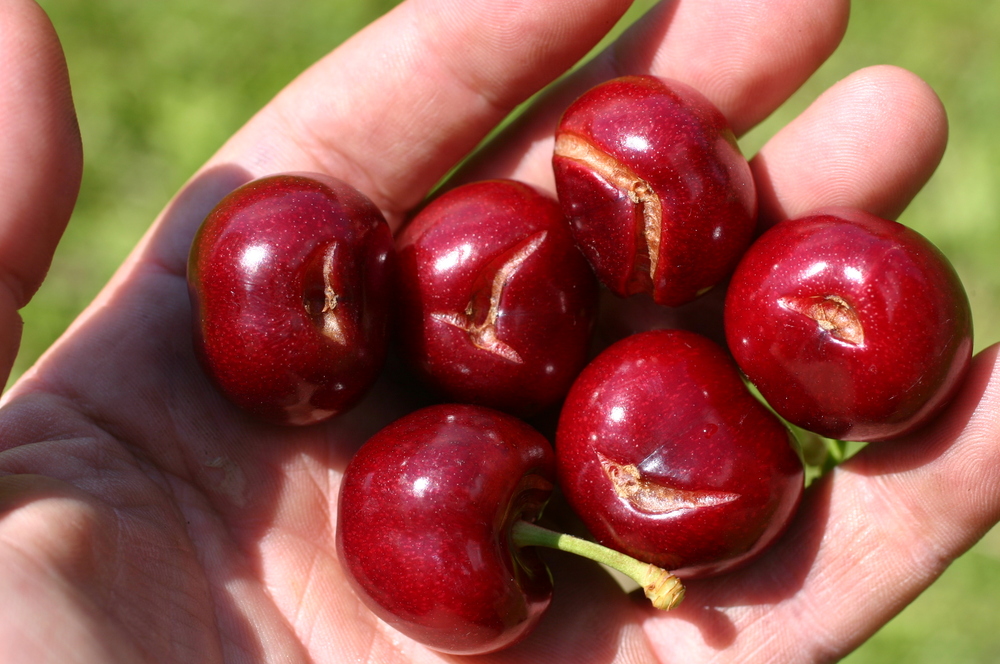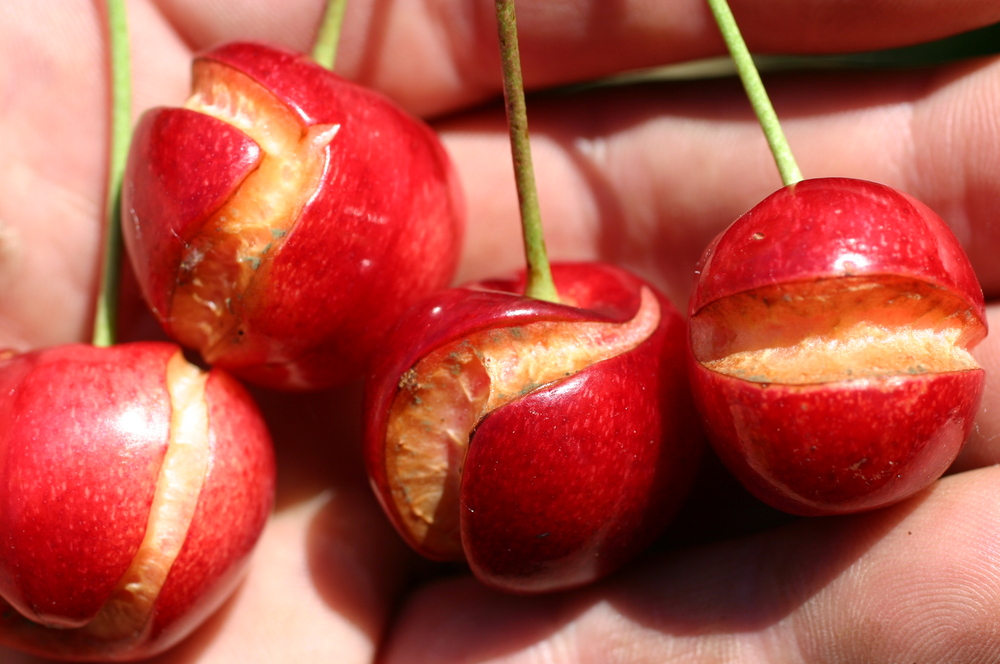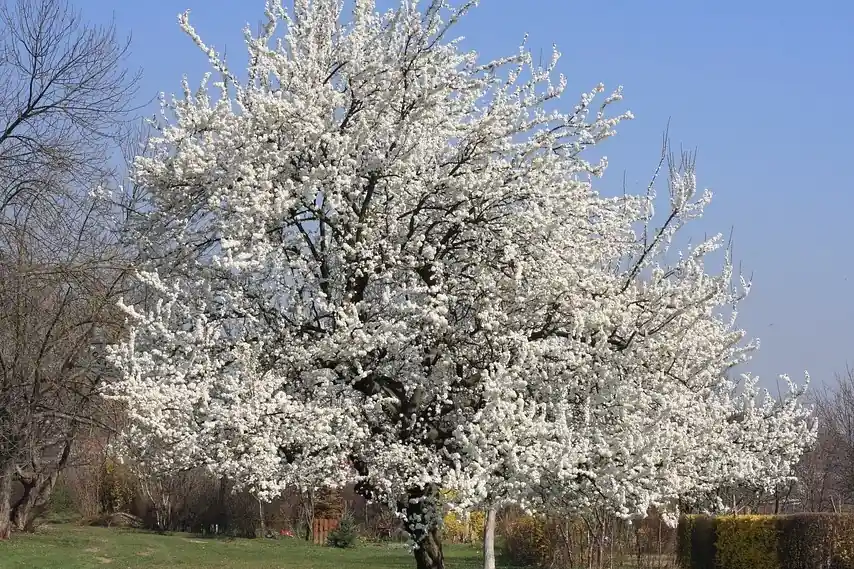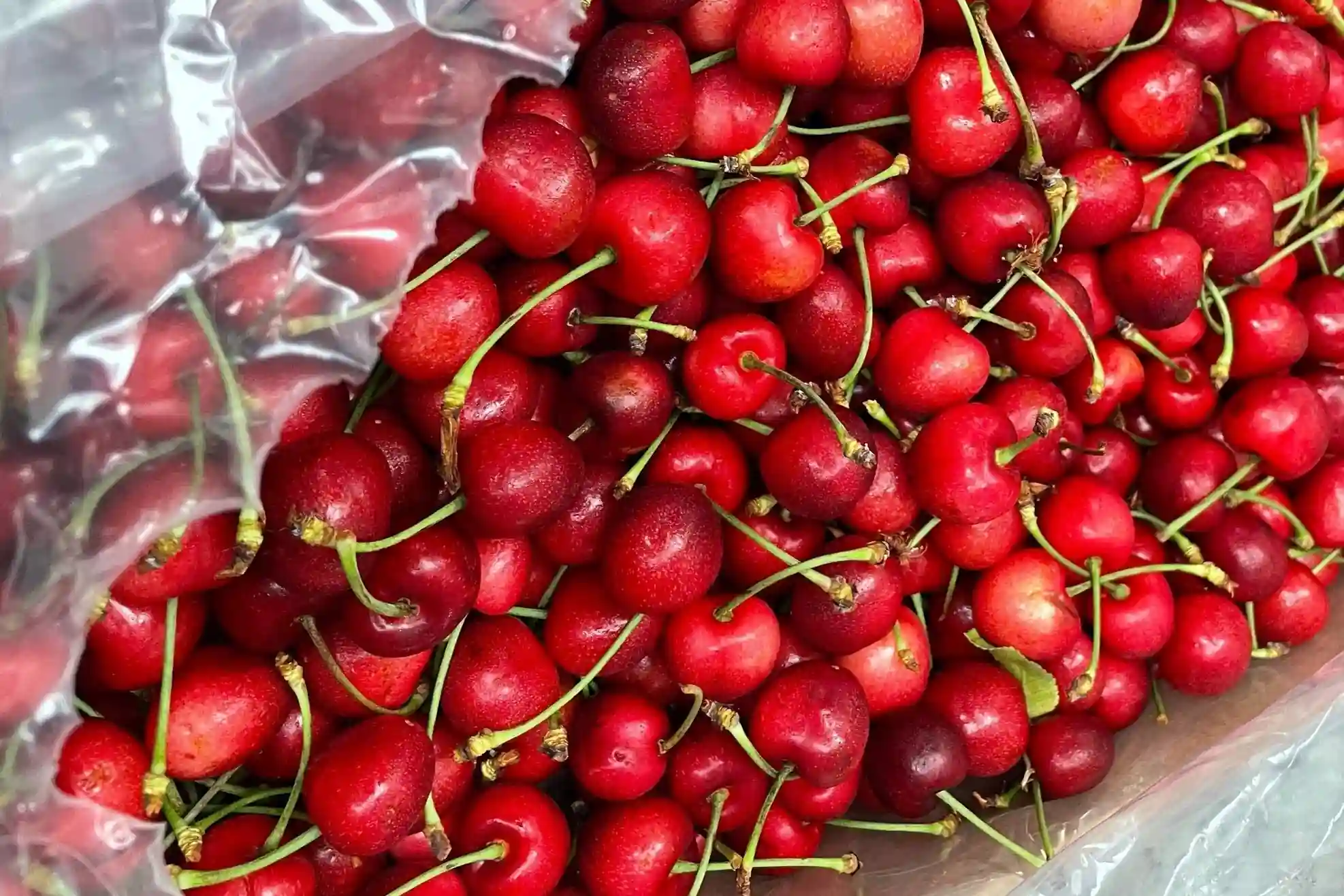Fruit cracking is still one of the most critical factors for cherry production, mainly because no effective solutions are available to solve this problem. Cultivation under rain covers or in tunnels significantly reduces the occurrence of cracking (except in exceptional cases) but involves higher production costs.
Foliar applications of calcium salts (Ca) appear to reduce cracking, but the results available to date are still uncertain. Studying the phenomenon, several mechanisms have been proposed for the possible function of Ca in reducing cracking. First, the effects of Ca have been attributed to a decrease in osmotic potential, resulting in decreased water uptake.
However, based the Ca concentrations used, the fruit osmotic potential and the absence of significant turgor in the fruit, the decrease in osmotic strength can be considered negligible. The decrease in water absorption due to this osmotic effect can therefore be ruled out as a factor. Ca is also known to increase the cross-linking of cell wall components. This phenomenon is also present in the epidermis of sweet cherry fruits. In fact, the most likely explanation for the microscopic observations on cracking is a reduction of intracellular liquids (edema) resulting in increased cell-cell adhesion.
The studies conducted so far have thus led to the creation of the "egg-box model". In arriving at the creation of this model, studies have focused on the role of Ca in cell-cell adhesion during the pre-harvest and post-harvest periods, as well as in relation to fruit quality characteristics, such as flesh firmness. In the study conducted by researchers at the University of Hanover (Germany), on the other hand, the effect of calcium on epidermal cell wall thickening was evaluated through microscopic measurements both in vivo on peel sections and in vitro on extracted cell walls.
The results show that intracellular fluids are reduced with increasing CaCl2 concentration. Also in vitro, Ca chlorides reduced edema, thereby increasing cell wall adhesion of adjacent cells. However, the effect of pH must also be considered in this context, because unlike the effects of Ca, pH has an irreversible effect on edema. When cell walls previously exposed to a low pH are transferred to a solution with a higher pH, they retain a larger size but at the same time exhibit a lack of Ca binding.
In conclusion, the results show that Ca reduces cracking susceptibility by decreasing cell wall swelling. The divalent and trivalent cation salts significantly reduce cell wall edema, presumably by cross-linking the median pectin lamellae. The reduction in edema maintains and enhances cell-cell adhesion, an essential factor in reducing cracking susceptibility in sweet cherries. Thus, Ca salts are considered effective and have also shown an acceptable eco-toxicological profile.
However, their inability to effectively penetrate the healthy cuticle is a significant limitation. Ca must contact emerging fractures to exploit its potential to reduce cracking susceptibility. This can be achieved by applying Ca spray during or immediately after precipitation.
Melissa Venturi
University of Bologna (IT)
Cherry Times - All rights reserved












